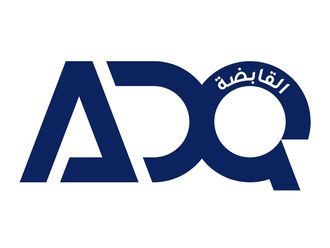Muscat: The total number of expatriate workers in Oman was 1,614,545 at the end of May — an increase of 0.6 per cent compared with 1,604,158 recorded last April.
Preparatory school certificate holders constituted the majority of expatriate workers in the Sultanate while holders of the Higher Diploma, master’s degree and PhD degree decreased.
The latest statistics issued by the National Centre for Statistics and Information (NCSI) indicated that there were 1,425,966 male expatriate workers while the number of women was 188,579.
Most expatriates work in the private sector. Figures showed there were 1,303,637 (including 30,246 women) at the end of May. Such numbers constituted a 0.7 per cent increase compared with last April’s figures.
They were followed by workers in the family sector (working with families and those having their own job) with 250,600 workers; most of them are women who constituted 137,328 workers compared with 113,272 workers recorded last May with an increase of 0.5 per cent.
Workers in the government sector came third. There are 60,308 expatriate workers — 39,303 men and 21,005 women with a decrease rate of 0.1 per cent compared to the figures recorded last April.
The majority of labourers hold preparatory school certificates. The number of those labourers reached 592,970, including 66,351 women.
This category was followed by labourers who can read and write at 423,732 including 49,218 women.
There was a 0.1 per cent increase in the number of workers who hold primary school certificates compared to the figures recorded last April. The number of those workers was 146,054, including 19,612 women.
The number of expatriate workers who hold secondary school certificates was 243,642, including 17,235 women. The number of expatriate workers with diplomas remained stable and was 52,916, including 9,058 women.
The number of university graduates remained unchanged at 92,621, including 16,061 women.
The number of expatriate workers with a higher diploma dropped by 0.3 per cent to 4,919.
The percentage of workers who hold master’s degrees dipped by 0.5 per at 5,924 people. The number of PhD holders decreased as well by 0.5 per cent and was 2,780.
The percentage of illiterate workers also decreased by 0.2 per cent to 21,366 workers, including 2,126 women.
Nationalities
The majority of expatriate workers are Indian. There were 626,721 with an increase of 1.1 per cent, including 34,259 women.
There were 557,606 Bengalis (an increase of 0.6 per cent, including 26,710 women.) The percentage of Pakistani workers also increased by 0.3 per cent to reach 215,781 including 1,155 women.
The Ethiopian workforce decreased by 3.1 per cent to reach 29,880; the majority of them are women (29,607).
Women also constituted the majority of Indonesian workers. They recorded 38,269 out of the total number of Indonesian workers (38,914.)
The number of expatriate workers from the Philippines was 32,075, including 21,474 women.
Egyptian workers decreased by 0.2 per cent to 23,373 including 4,885 women.
The number of Nepalese workers was 12,781, including 3,409 women while the number of Sri Lankan workers was 13,843, including 7,070 women.
The number of workers from other nationalities was 63,571 with a growth rate of 1.5 per cent.
The largest number of expatriate workers was recorded in Muscat Governorate, which accommodates 722,983 with an increase of 0.7 per cent.












